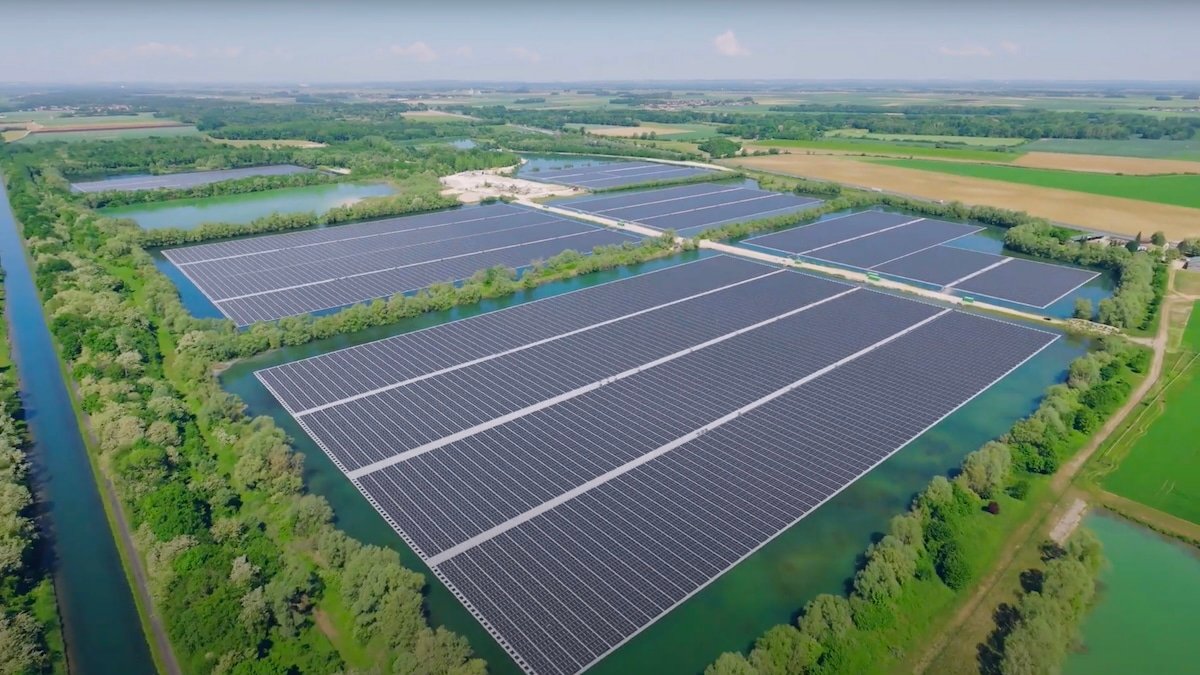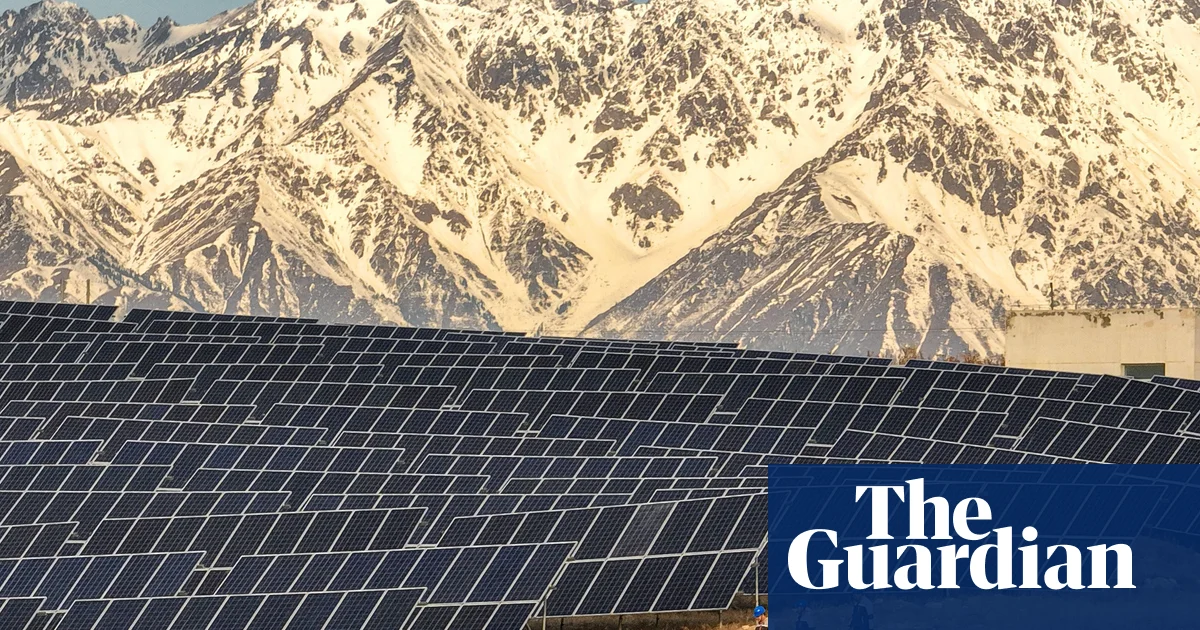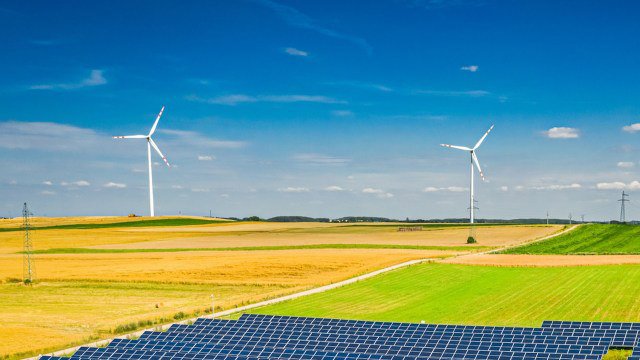Les Îlots Blandin, Europe’s largest floating solar farm, commenced operations on June 20 in Perthes, France. This facility, developed by Q Energy, utilizes an area of 127 hectares formerly used for gravel extraction, which ceased operations in 2020. The solar farm boasts a capacity of 74.3 megawatts (MW), enough to power approximately 37,000 households annually and reduce carbon dioxide emissions by 18,000 tons each year.
The project, a collaboration between Q Energy and Velto Renewables, was strategically planned over several years to fit the characteristics of the former gravel pit, which presented minimal land-use conflicts. Corentin Sivy, Q Energy’s development director, emphasized the importance of understanding local dynamics to create an effective and regionally integrated project.
More than 135,000 photovoltaic panels are mounted on floating platforms, supplied and installed by Ciel & Terre. Floating solar technology offers advantages such as improved performance due to cooler water temperatures and reduced water evaporation during dry conditions. Moreover, installing floating solar on industrial sites like Les Îlots Blandin avoids disruptions to aquatic ecosystems.
Despite the advantages, floating solar projects face economic hurdles, including higher installation costs due to specialized equipment. Private investments were critical in advancing Les Îlots Blandin, highlighting the role of public-private partnerships in expanding renewable energy initiatives.
Lucas de Haro, CEO of Velto Renewables, stated that the company aims to establish a long-term presence in France, focusing on developing and supporting renewable energy projects. As of 2022, renewable energy sources, predominantly hydropower and wind, accounted for 24.2% of France’s electricity generation. By leveraging floating solar and agrivoltaic systems, the country is poised to make significant strides towards its net-zero emissions goal by 2050.




